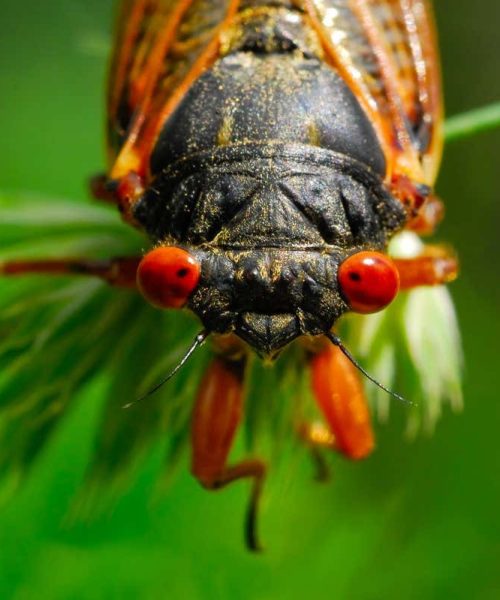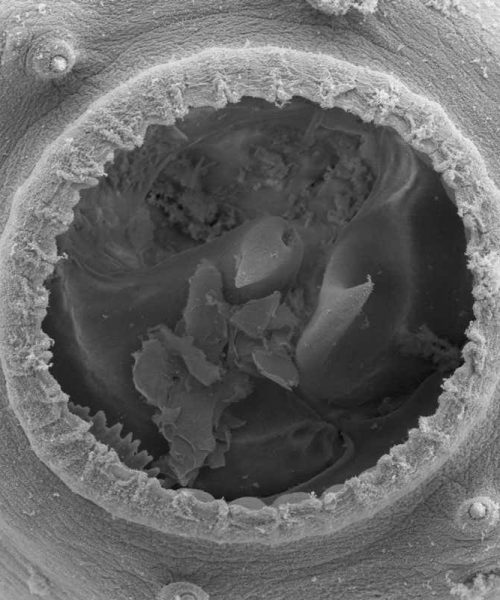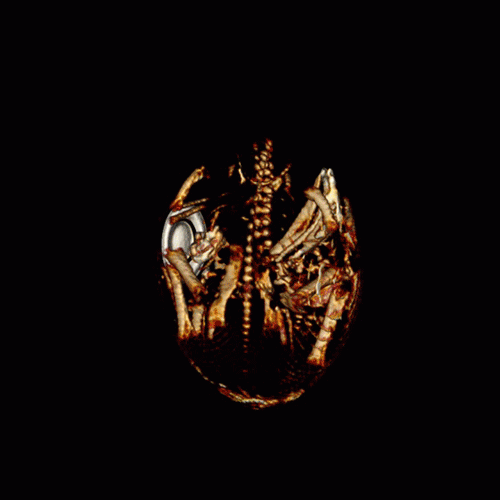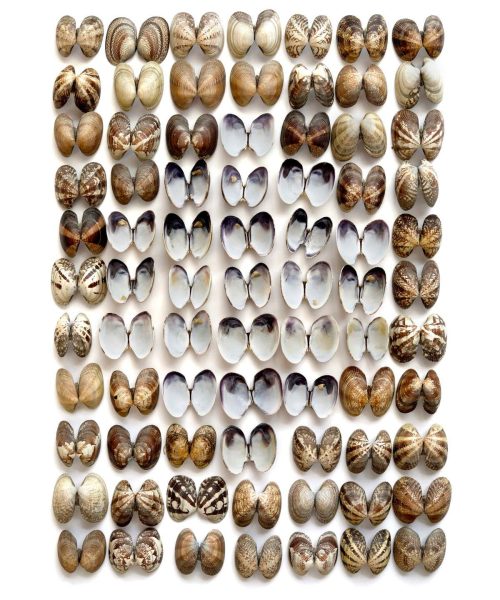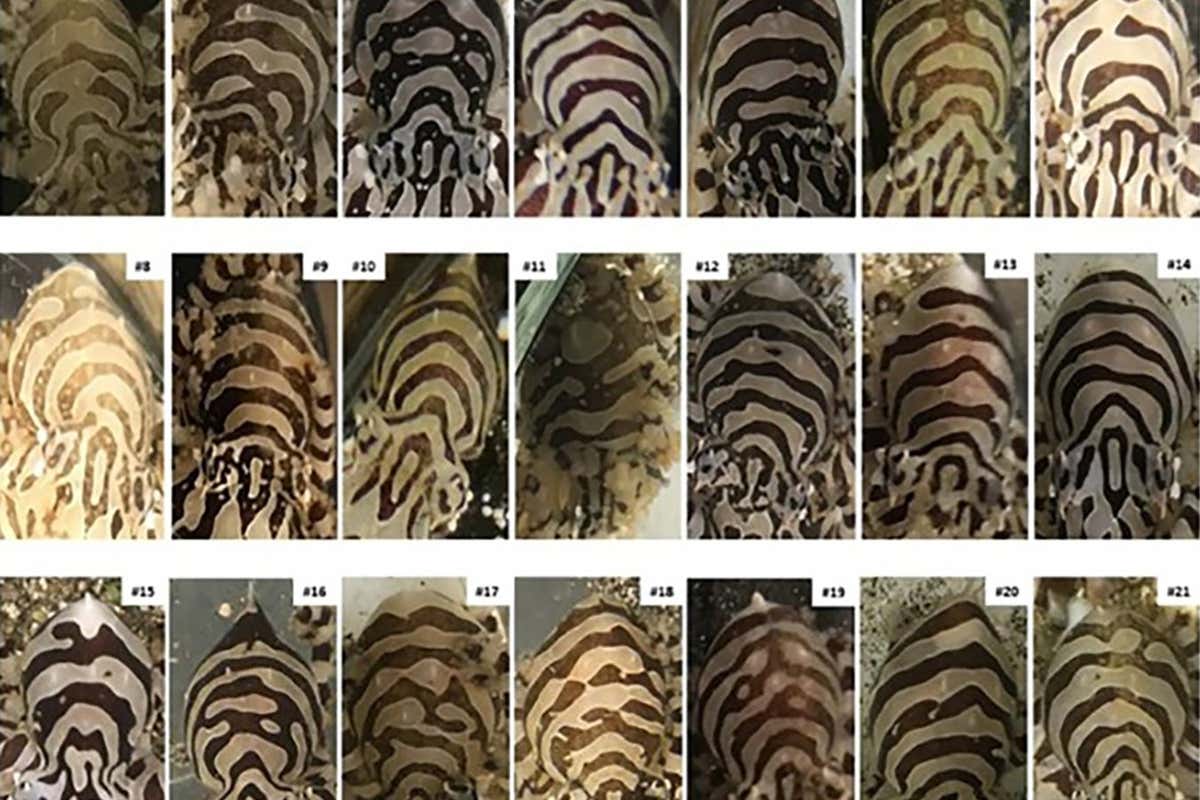
Different individuals belonging to the species Octopus chierchiae
Liu et al., 2023, PLoS One, CC-BY 4.0
A distinct striped pattern on a species of dwarf octopus varies from one individual to the next, which could help researchers to monitor the rare animal.
Pygmy zebra octopuses (Octopus chierchiae), also known as lesser specific striped octopuses, live in shallow waters on the Pacific coast of the Americas and have alternating brown and white stripes running across them.
Feeling that little is known about the animal or how it interacts with its environment, Benjamin Liu and his colleagues at University of California, Berkeley, bred two adult males and two adult females in their laboratory.
Advertisement
The team then individually housed 25 octopus hatchlings, which they photographed and filmed once a week for around 2 years.
When the octopus were around two weeks old, their patterns became visible to the naked eye and were fully visible by four weeks. Pygmy zebra octopuses frequently change their appearance to mimic their surroundings, in response to a disturbance, so the researchers only focused on the patterns that persisted for hours or days.
They found that each of the 25 octopuses had a unique configuration of stripes.
Volunteers who were shown photographs of the octopuses could even identify whether the photographs were of the same octopus or two different ones, with an average accuracy of 84.2 per cent.
This suggests that individual pygmy zebra octopuses could be repeatedly identified and monitored in the wild over time, potentially aiding their conservation, the researchers wrote in their paper. These octopuses are rare and delicate, and should therefore ideally be studied in a way that doesn’t remove them from their natural environment, they wrote.
While the stripes on pygmy zebra octopuses appear to vary between individuals, why they have these stripes at all is unclear. “The fact that they can turn the stripes on and off and even do it unilaterally suggests to me that they are used in communication or at least to make signals more obvious,” says Roy Caldwell, an author of the study.
Topics:


